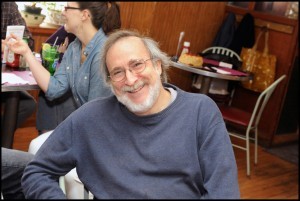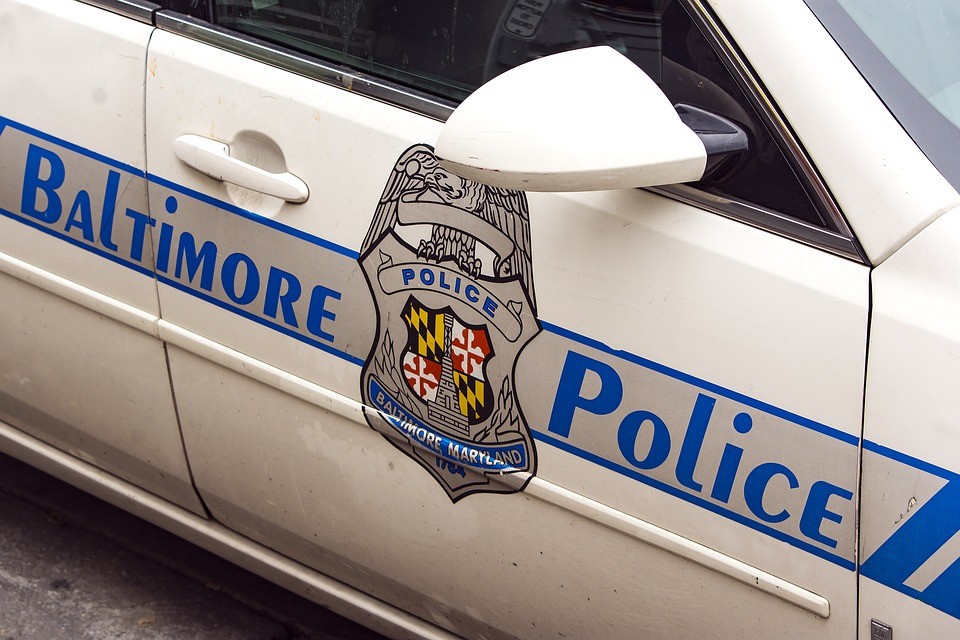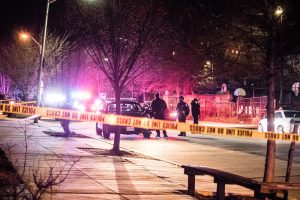The most stunning statistic of the old year — bar none — is the comparison of the violent death totals in the cities of New York and Baltimore.
New York, with more than 8 million people, had 290 homicides last year. Baltimore, with slightly more than 600,000 people, had 343 homicides.
How does anyone sitting in a position of authority in Baltimore (or not) justify such figures?
Three decades ago, New York had 2,245 homicides annually. Two decades ago, they had 746. Somehow, they’ve cut 2,000 homicides a year from their streets.
In Baltimore, the homicides stay relatively steady, year after year, the numbers varying by perhaps a few dozen annually, even as the population goes down and down. There was a time when nearly a million people lived in the city, which was the sixth biggest in America. Now, officially, we’re at 615,000 people.
Will the last person to leave the city please turn out the lights?
Concurrent with statistics, we have excuses: the streets are full of guns, the poverty’s intractable in too many neighborhoods, the drug trafficking (particularly in the new age of opioids) too competitive, the street gangs more enticing to young people than their own broken families.
But New York has some of the same problems.
Some believe Baltimore’s still living in the shadow of the 2015 Freddie Gray death, in which six officers were charged, thus setting off (goes the theory) a police force feeling unappreciated and thus down-shifting, taking a hands-off approach to crime, with street cops reluctant to risk their lives to save others.
In New York, police are given specific sectors to patrol, and they’re instructed to reach out to residents.
In Baltimore, the antagonism between police and residents in high-crime, impoverished neighborhoods doesn’t easily lend itself to either side reaching out.
And so, more and more, we are not one city but two: the city whose neighborhoods flourish, whose citizens feel pretty safe, the city where we go to ballgames and restaurants and museums, visit shops, walk the streets with children, and go year after year without a single homicide.
And the other city – the one that self-destructs behind a veil of narcotics and cheap guns and decayed housing and bared teeth, a city where candlelight vigils are held, and we somehow believe this will compel all potential killers to lay down their guns.
 A former Baltimore Sun columnist and WJZ-TV commentator, Michael Olesker is the author of six books, most recently “Front Stoops in the Fifties: Baltimore Legends Come of Age” (Johns Hopkins University Press).
A former Baltimore Sun columnist and WJZ-TV commentator, Michael Olesker is the author of six books, most recently “Front Stoops in the Fifties: Baltimore Legends Come of Age” (Johns Hopkins University Press).





